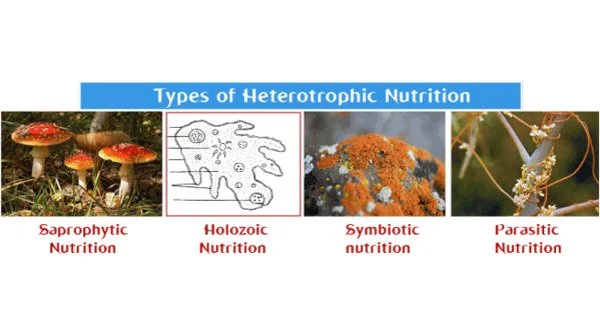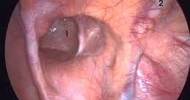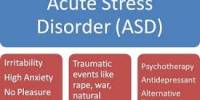Heterotrophic nutrition refers to the process by which organisms get organic molecules and nutrients from other species. It is a type of nutrition in which organisms rely on other creatures for nourishment. Unlike autotrophs, which can make their own food through photosynthesis or chemosynthesis, heterotrophs must obtain their sustenance from outside sources. They, unlike Green plants, cannot produce their own sustenance. Heterotrophic organisms must consume all organic substances in order to exist.
Heterotrophic organisms cannot synthesize organic molecules from inorganic sources and must consequently consume pre-existing organic matter to meet their energy and nutritional requirements. All animals, certain types of fungus, and non-photosynthetic plants are heterotrophic. Green plants, red algae, brown algae, and cyanobacteria, on the other hand, are all autotrophs that employ photosynthesis to create their own food from sunlight. Some fungi are saprotrophic, which means they exude enzymes onto their meal to be broken down into smaller, soluble molecules that can diffuse back into the fungus.
There are various types of heterotrophic nutrition, and organisms can be classified based on how they obtain their food. Some common types of heterotrophic nutrition include:
- Holozoic Nutrition: In holozoic nutrition, organisms ingest solid organic matter, digest it internally, and then absorb the resulting nutrients. Animals, including humans, exhibit holozoic nutrition. The process involves ingestion, digestion, absorption, and assimilation of nutrients.
- Saprophytic Nutrition: Saprophytic organisms obtain their nutrition from dead and decaying organic matter. They secrete enzymes that break down complex organic compounds into simpler substances, which they can then absorb. Fungi and many bacteria are examples of saprophytic organisms.
- Parasitic Nutrition: Parasites live on or within another organism, known as the host, and obtain their nutrients at the expense of the host. Parasites can cause harm to the host organism. Examples include tapeworms, lice, and certain fungi.
- Holoparasites: These are organisms that rely entirely on the host for nourishment. They cannot photosynthesize because they lack chlorophyll. Plants such as dodder and broomrape are examples.
- Hemiparasites: Hemiparasites are partially parasitic creatures that can photosynthesize but still require nutrition from their host. Mistletoe is a plant that is hemiparasitic.
Heterotrophic nutrition is found in all animals, fungi, and some microbes. It differs from autotrophic feeding, in which organisms can synthesize their own organic compounds from simple inorganic sources, frequently with the use of sunlight or chemical energy.
















